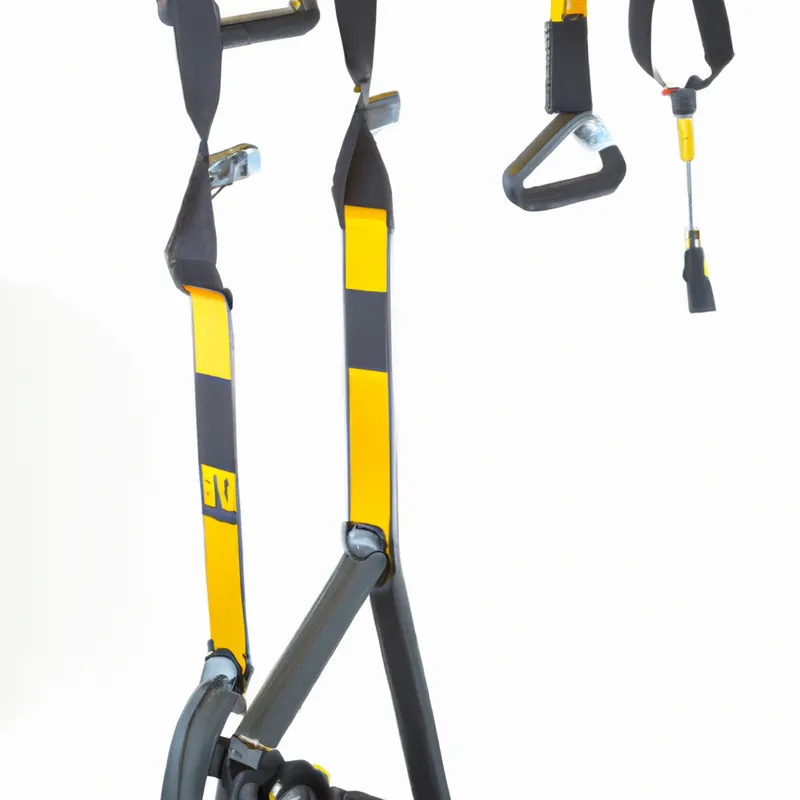Fine-Tune Your Training with HRV Data
Using HRV to Optimize Your Training Regimen
Heart Rate Variability (HRV) helps athletes and fitness enthusiasts optimize training. Tracking HRV reveals insights into recovery and exercise readiness. This blog post explores how to use HRV effectively for training, covering its significance, measurement techniques, and practical applications.
What is HRV?
HRV measures the variation in time between heartbeats. It reflects the autonomic nervous system’s (ANS) balance. The sympathetic nervous system triggers the “fight or flight” response, while the parasympathetic nervous system manages “rest and digest” functions. Stress increases sympathetic activity, reducing HRV. Higher HRV indicates parasympathetic dominance, suggesting better recovery and adaptability.
Understanding HRV allows you to tailor your training to your physiological state. This approach benefits athletes seeking to maximize performance while reducing overtraining or injury risks.
How to Measure HRV
You can measure HRV using various methods. Wearable devices like heart rate monitors, smartwatches, and fitness trackers offer convenient options. These devices often include apps to analyze HRV data over time. Alternatively, smartphone apps can analyze HRV through your camera by detecting subtle blood flow changes.
Follow these tips for accurate HRV readings:
1. **Time of Day**: Measure HRV first thing in the morning after waking. This timing provides a baseline for recovery and stress levels.
2. **Consistency**: Take measurements at the same time daily for consistent data. This practice helps identify trends in your body’s responses.
3. **Calm Environment**: Measure HRV in a quiet environment. Minimize external factors like noise or abrupt movements.
4. **Breathing Technique**: Some apps prompt specific breathing patterns during measurement. Following these techniques can improve reading accuracy.
Tips for Using HRV in Training
Integrate HRV data into your training regimen to enhance performance and recovery. Here are practical tips for effective HRV use:
Listen to Your Body
Your body knows best. If HRV is low, adjust your workout. Instead of a tough session, choose a lighter workout or rest day. Listening to your body’s signals prevents overtraining, burnout, and injuries. Recovery is as important as training.
Adjust Training Intensity
Monitor HRV to adjust training intensity effectively.
Conclusion
Utilizing HRV can optimize your training and recovery, enhancing overall performance.
Below are related products based on this post:
FAQ
What does a higher HRV indicate about an athlete’s condition?
A higher HRV suggests parasympathetic dominance, indicating better recovery and adaptability. It reflects a balanced autonomic nervous system, which is essential for optimal performance and reducing the risk of overtraining or injuries.
How can I accurately measure my HRV?
You can measure HRV using wearable devices like heart rate monitors and smartwatches, or through smartphone apps that analyze blood flow changes. For accurate readings, it’s best to measure HRV in the morning, consistently at the same time, in a calm environment, and by following specific breathing techniques if prompted by the app.
How should I adjust my training based on HRV readings?
If your HRV readings are low, consider adjusting your workout intensity. Opt for lighter workouts or take a rest day to allow your body to recover. Listening to your body’s signals and using HRV data can help prevent overtraining and promote better performance.















Post Comment